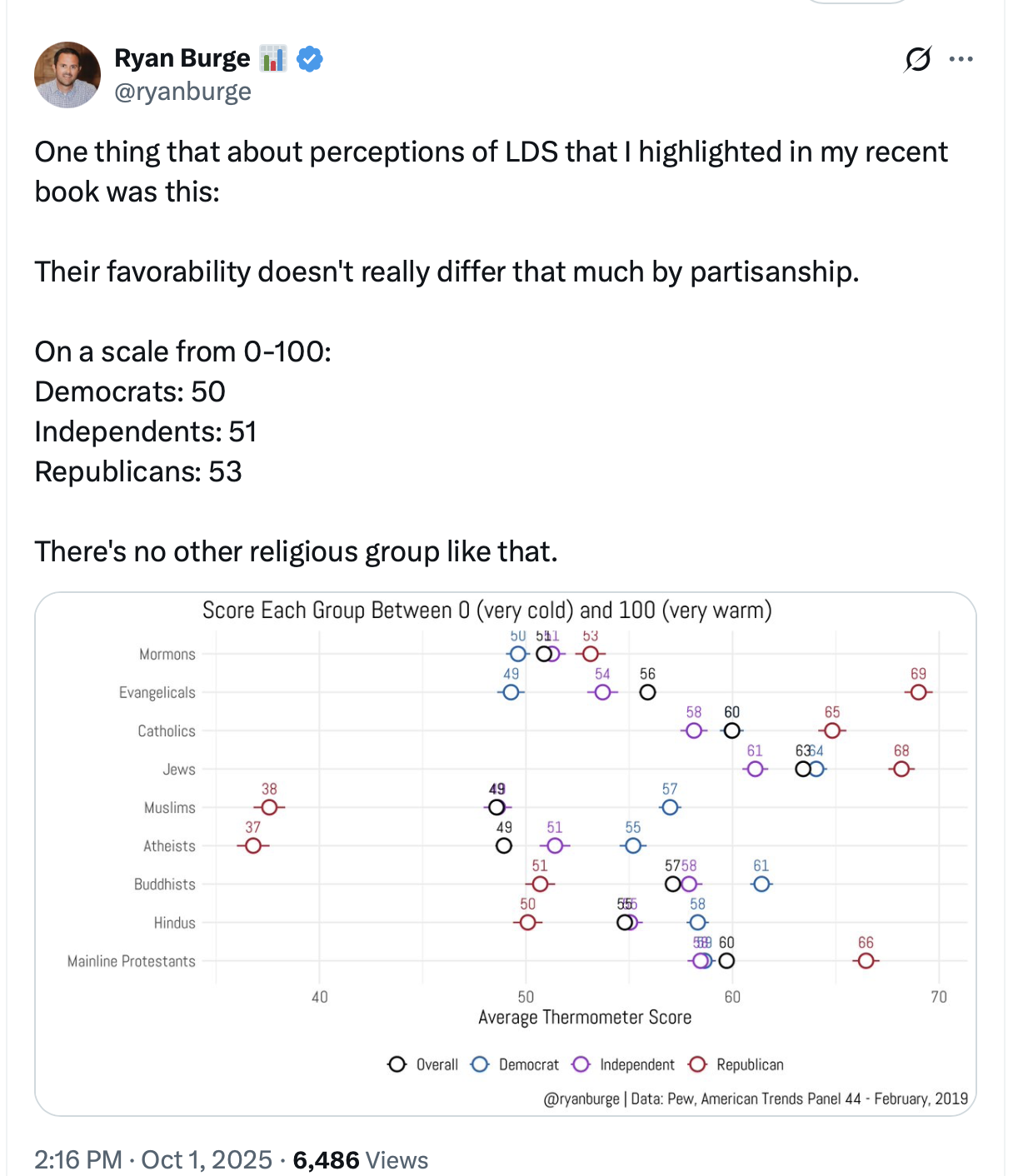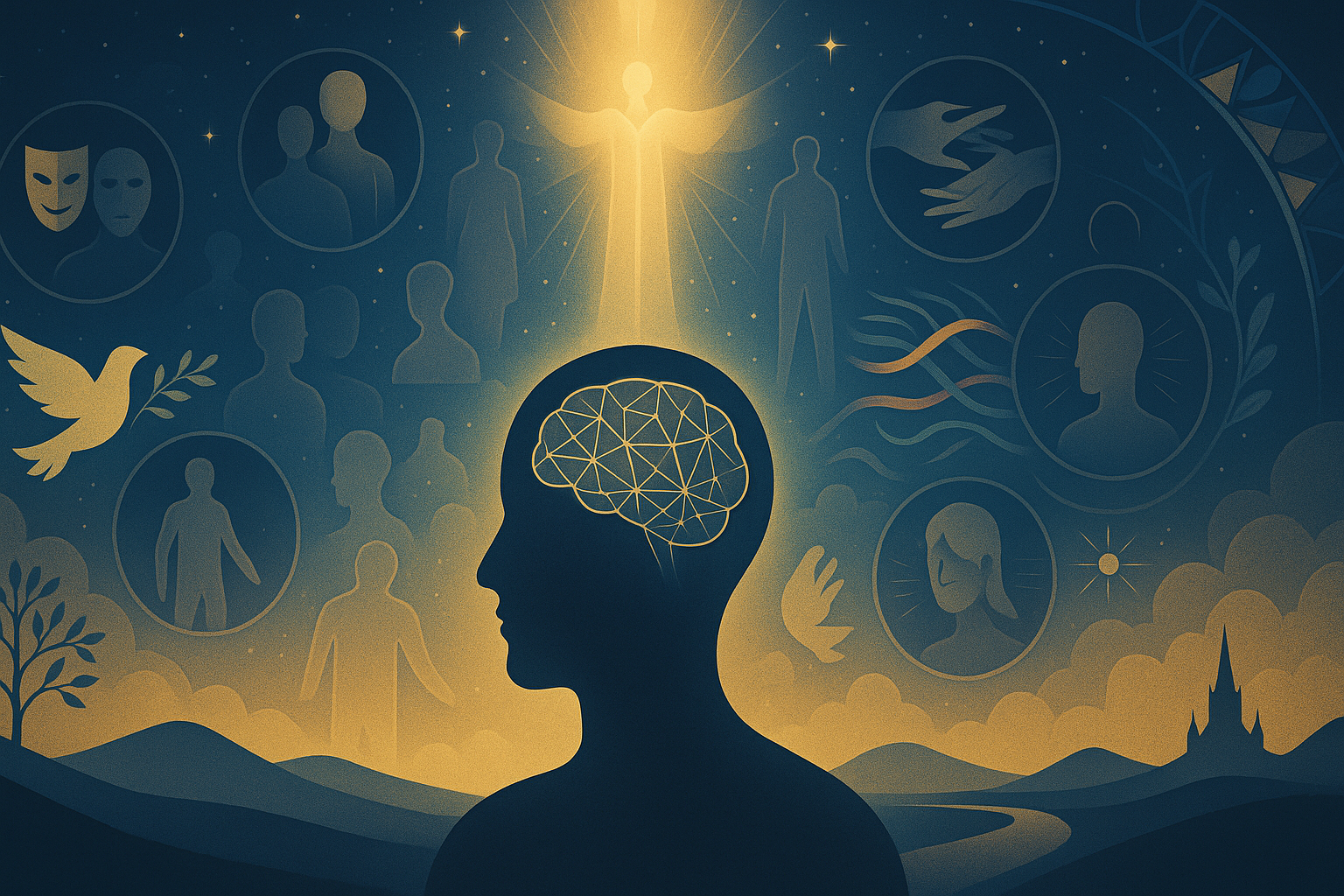-
•
•
4 responses
What did you notice in Church yesterday? How did you react? Think differently? This is the latest invitation for reactions to local meetings, continuing the spirit of my post on September 25th about how we can take what happens in Church meetings—sermons, lessons and anything else—and enter a conversation with them, magnifying what was said or adding what we think. The point here is that no matter how poorly prepared the speaker or teacher is, we can still find elements in what is said and what happens that inspires and edifies us. Even if church meetings aren’t conducted in a… Read More
-
Come Follow Me Currculum, Doctrine and Covenants, Latter-day Saint Thought, Poetry, SS Lesson – Doctrine and Covenants
•
•
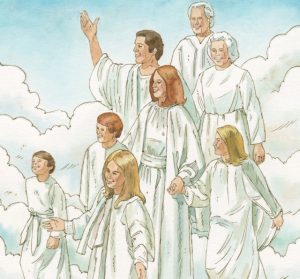
This lesson can be both difficult and exulting. Our LDS understanding of the next life both inspires because of the idea that our relations have an eternal permanence, and troubles many of us because of what we don’t understand about polygamy and the details of how the multiple relationships we begin on earth translate into the eternities. Read More
-
•
•
3 responses
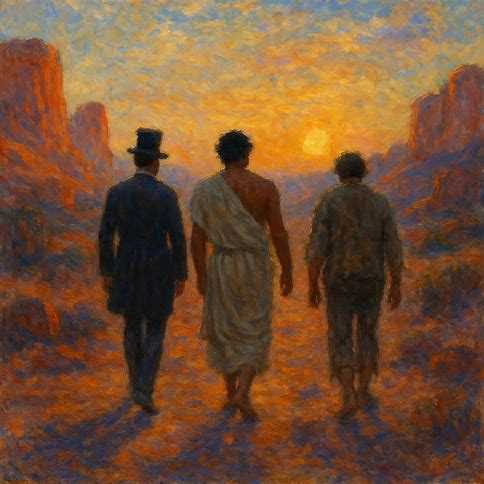
I love studying folklore and stories, particularly among Latter-day Saints. One reason for doing so is that they reveal information about the core beliefs, cultural values, and lived religious experiences of the communities that share them. Perhaps no folklore cycle illustrates this better than the persistent legends of The Three Nephites, and a fantastic new interview with folklorist Julie Swallow at the Latter-day Saint history blog, From the Desk, digs into this very topic. Based on a recently published book from the University of Illinois Press, the discussion offers a compelling analysis of how these stories, drawn from a vast… Read More
-
•
•
5 responses
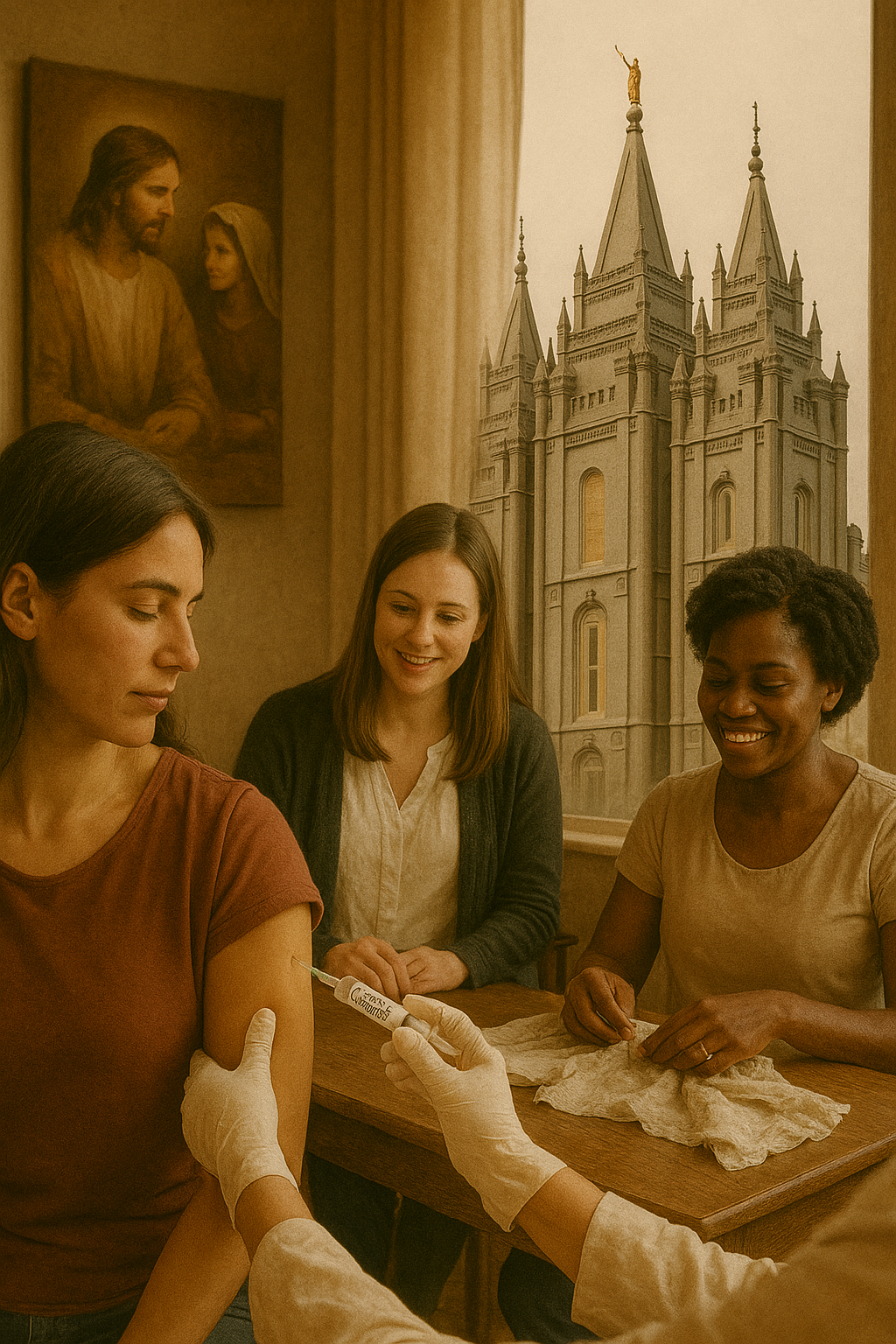
I usually don’t provide any additional commentary for these, but the Anderson et al., study below showing that Latter-day Saints didn’t receive the COVID vaccinations any more than average provides some support for my earlier conjecture that the President of the Church actually doesn’t have a lot of influence when it comes to member attitudes towards politicized topics. Pinheiro da Silva Filho, Fernando. “Deconstructing Narratives: The New History of the Beginning of the Church in Brazil.” Journal of Mormon History 51, no. 4 (2025): 33-57. No abstract. Preston, Julia. “Weaving Gender: Men, Women, and the Mormon Home Manufacture Movement.”… Read More
-
•
•
6 responses
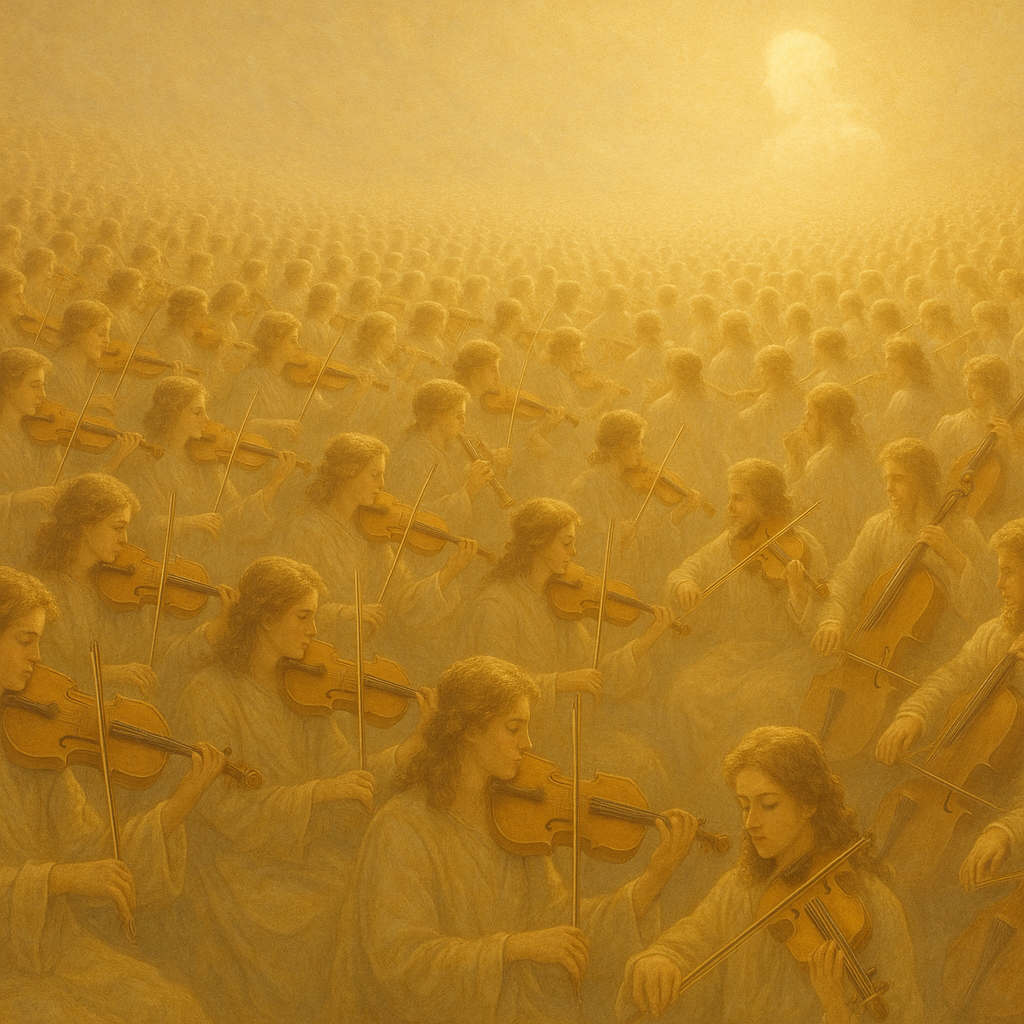
Western music became much more rich when we moved from simple, monophonic Gregorian chants to multiple lines of melody (polyphony), allowing interplay among the different lines. Nowadays Gregorian chants are still admired by more traditionalist Catholics and Middle Age junkies, and if you listen to a Gregorian Chant channel on Spotify it’s kind of interesting for a little bit, but I’m not holding my breath that it’s going to be competing with Taylor Swift anytime soon; by any standard adding harmony almost always makes music better by allowing a more sophisticated and richer interplay of point, counterpoint, rhythm, timbre, tone,… Read More
-
•
•
6 responses
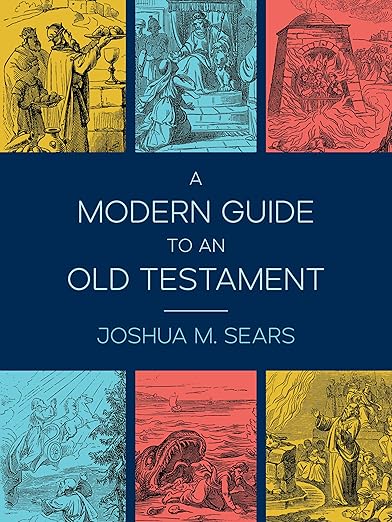
For many Latter-day Saints, the annual Come, Follow Me journey through the Old Testament can feel like a daunting pilgrimage. It is a vast and often alien landscape, filled with archaic language, bewildering poetry, and troubling cultural norms that can create a significant chasm between the modern reader and the ancient text. While numerous commentaries and devotional guides exist, few have so skillfully attempted to build a bridge across that chasm as Joshua M. Sears has in his newly published book, A Modern Guide to an Old Testament. This is not another verse-by-verse commentary or a historical summary. It is… Read More
-
•
•
A recent interview with historian Max Perry Mueller over at the Latter-day Saint history blog, From the Desk, does the hard work of re-centering a figure many of us know only by name, if at all: the Ute war leader Wakara. Mueller argues compellingly that Wakara was not just a side character in the pioneer story but a “Native founder” of the West, whose legacy—including his complex role in the Native slave trade and his tangled relationship with the Saints—was deliberately erased from our history. The interview digs into several aspects of this history, including the nature of the so-called… Read More
-
•
•
9 responses
die Dolchstoßlegende. The myth that the German Empire could have won World War I if its army, like Siegfried in the Nibelungenlied, had not been stabbed in the back by traitorous enemies, often claimed to be Jews, rich industrialists, or socialists. The German ß character can be replaced by a double -ss- in English contexts. Otherwise, care should be taken to use the correct German character (part of the ASCII character set) and not a Greek beta. (German definite articles are provided here, but should usually be omitted in English contexts except where noted. All German nouns are capitalized, a… Read More
-
•
•
8 responses
What did you notice in Church yesterday? How did you react? Think differently? This is the latest invitation for reactions to local meetings, continuing the spirit of my post on September 25th about how we can take what happens in Church meetings—sermons, lessons and anything else—and enter a conversation with them, magnifying what was said or adding what we think. The point here is that no matter how poorly prepared the speaker or teacher is, we can still find elements in what is said and what happens that inspires and edifies us. Even if church meetings aren’t conducted in a… Read More
-
Come Follow Me Currculum, Doctrine and Covenants, Music and Poetry, Poetry, SS Lesson – Doctrine and Covenants
•
•

Baptism for the Dead is one of the beliefs that make the LDS Church distinctive among religions today. Frequently discussions with non-Mormons focus on what Paul meant in 1 Cor. 15:29 while ignoring the broader question that our doctrine addresses with proxy ordinances: If baptism is required for everyone, then what about those who passed on without it? Or, to put it another way, don’t we have a responsibility to others, less fortunate than we are? Regardless of whether they are alive or dead? Read More
-
•
•
One response
How do we measure the full legacy of a figure like Heber C. Kimball? We often focus on the man himself—his loyalty to Joseph Smith and Brigham Young, his mission to England, or his role as First Counselor. But a fascinating new interview at From the Desk with biographer Andrew Kimball argues for a much broader, more complex answer. Discussing his book, The Blood in Their Veins, Kimball posits that Heber’s true story is inseparable from the sprawling, multi-generational family he created. The interview is remarkable for its scope, tracing the “Kimball legacy” across three generations: starting with Heber C.… Read More
-
•
•
23 responses
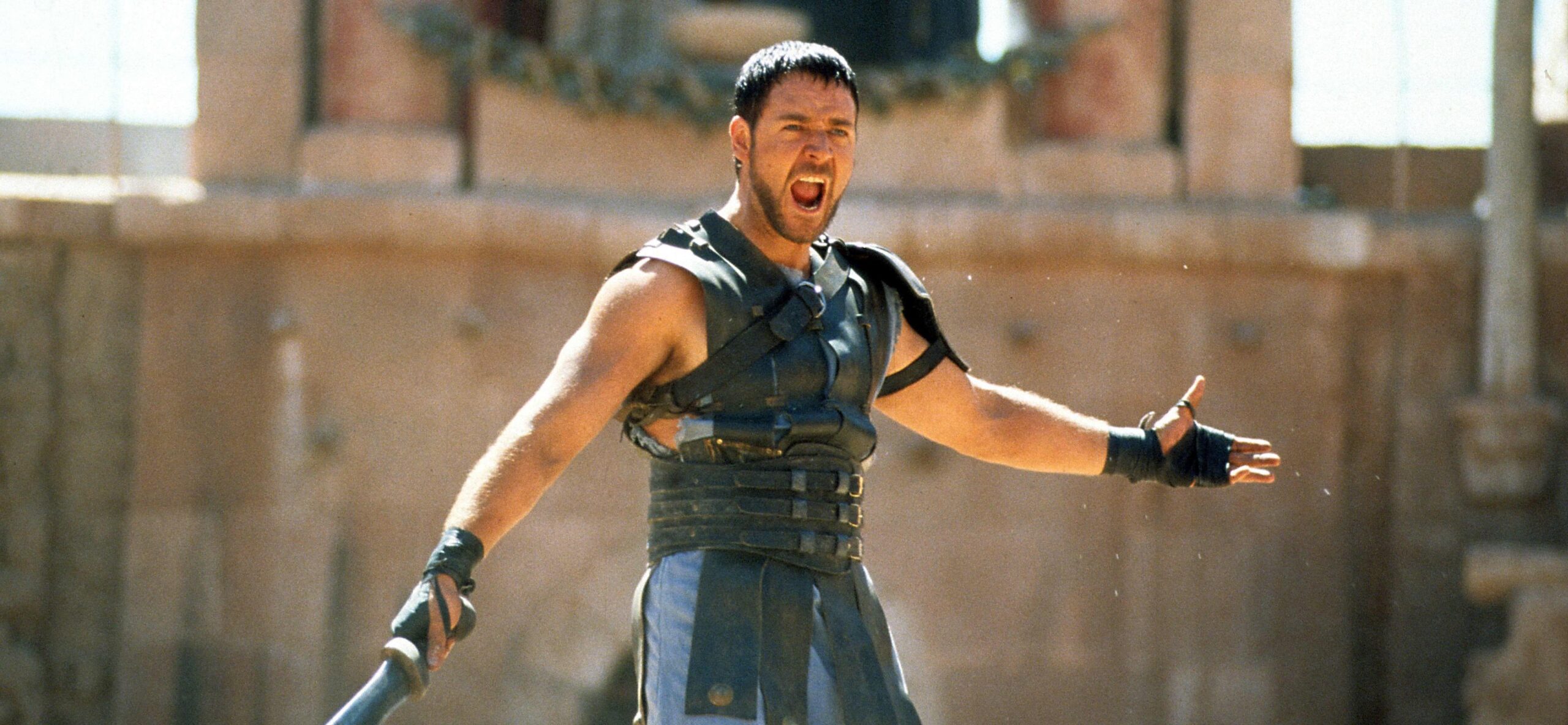
Often our cultural paradigms for fidelity and sexual propriety are, frankly, seemingly low-testosterone, low-sociosexuality cases. Of course Mr. Rogers is going to be faithful to his wife (although I don’t claim any knowledge of his T-count). Or all those skinny Mr. Darcy-type, regency period love interests that Mormon women are obsessed with (another post for another day). This isn’t bad necessarily, I’m not shaming low-T men, nor am I conflating manly strength with traditionally masculine traits, but there’s a limit to the extent to which a Mr. Rogers type can serve as an example on sexual issues or speak to… Read More
-
•
•
One response
The 1856 handcart tragedy remains a defining, painful moment in Latter-day Saint history, and the question of “who is responsible?” has echoed for generations. We often settle for simple answers or familiar myths. However, a recent interview at the Latter-day Saint history blog, From the Desk, with Don H. Smith and Mark C. Austin, authors of Bring Them to Zion, challenges these easy narratives. Their analysis argues that the disaster cannot be blamed on any single individual. Instead, the tragedy was a catastrophic, complex failure: a perfect storm of flawed instructions from Brigham Young, critical missteps by leaders in the… Read More
-
•
•
9 responses
You should probably pay attention to a religious movement that shares some of our beliefs and uses some similar terminology, wants to control key institutions of society, and includes Donald Trump’s spiritual advisor. Read More
-
•
•
23 responses
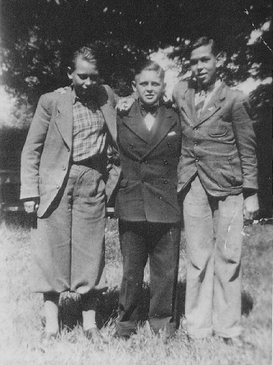
[WARNING: the following includes some things that maybe considered spoilers by those who haven’t seen the film.] I’m not sure how well it is known, but the film “Truth and Treason”, currently in theaters, tells the story of a young LDS man in Hamburg, Germany in 1942. Helmuth Hübener’s story has been told before, perhaps best in Tom Rogers’ 1976 play, Huebener. The film’s story is a faithful retelling of the events, starting with the attacks on Helmuth’s friend and fellow church member, Salomon Schwarz, who was abducted by the SS that year because he was half Jewish (Salomon later… Read More
-
•
•
3 responses
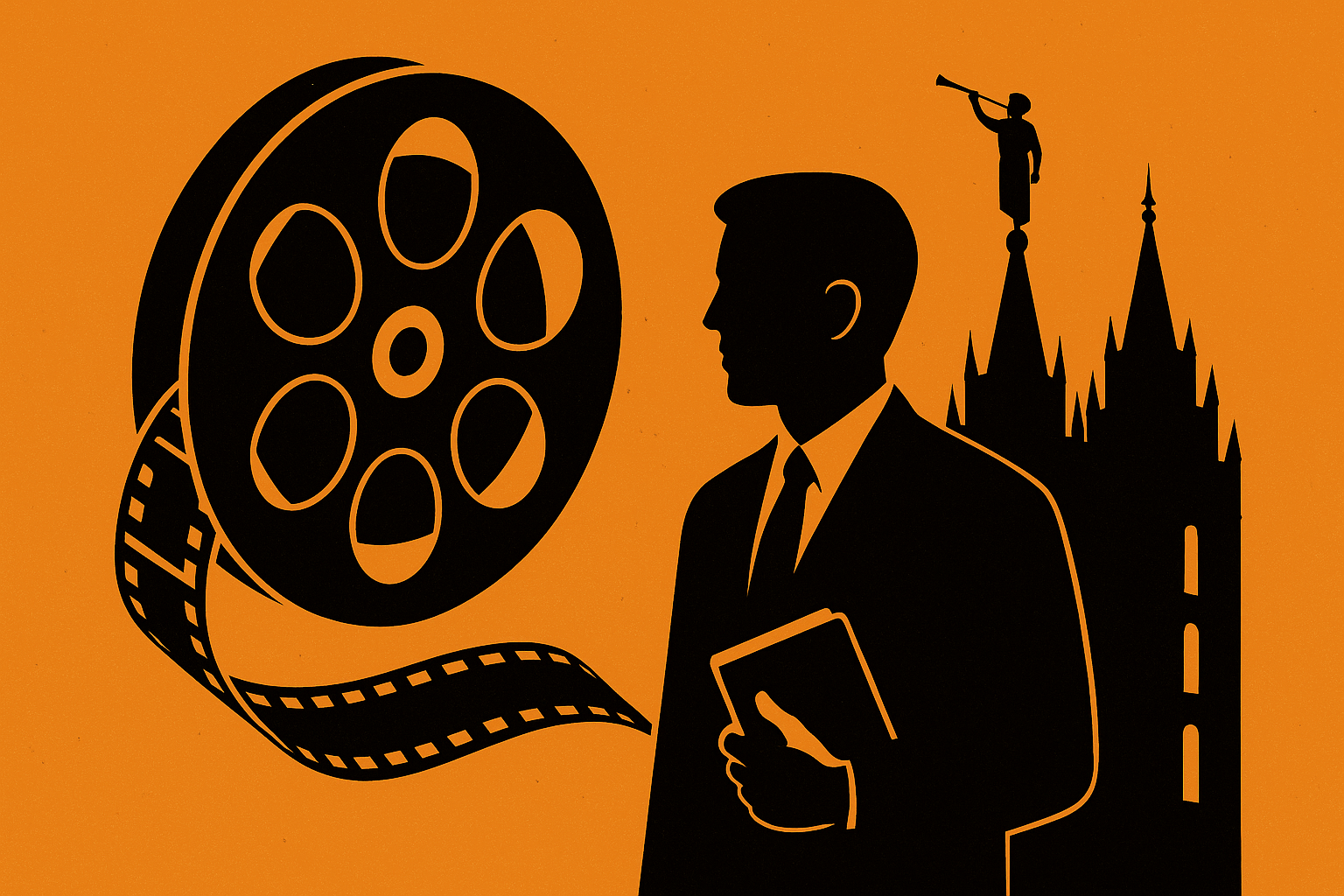
How we’re perceived in popular culture is one of those questions that usually devolve into anecdote slinging, with all the biases inherent in what we remember or are in a position to experience. Recently I ran across a “corpus,” or a dataset, of scripts in movies. Specifically, the Baskin Lab at UC Santa Cruz keeps a dataset of 1,068 films in an easily digestible text format, so I wrote a script to detect any usage of the word “Mormon” and to give me the immediate context surrounding the word: whether it’s pejorative, flattering, or what. This has the advantage of… Read More
-
•
•
3 responses
This is the latest invitation for reactions to local meetings, continuing the spirit of my post on September 25th about how we can take what happens in Church meetings—sermons, lessons and anything else—and enter a conversation with them, magnifying what was said or adding what we think. The point here is that no matter how poorly prepared the speaker or teacher is, we can still find elements in what is said and what happens that inspires and edifies us. Even if church meetings aren’t conducted in a way that reaches us, we can take responsibility and find a way to… Read More
-
•
•
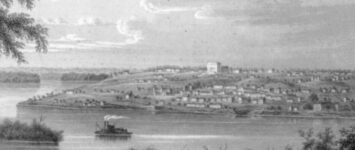
The phrase “A House unto My Name” is easy to connect to the Temple. But section 124 isn’t just about building a temple — in 1841 the Kirtland Temple is far away from the bulk of Church members and the Nauvoo Temple has only recently had its groundbreaking. Instead, we might think of house in this case as a goal, and as more of a home instead of a building. In 1841 Nauvoo is just beginning to become a new home, a ‘house’ for the Saints under construction, a place not only for His house, but also a home for… Read More
-
•
•
27 responses

I often see exMos refer to the line from the Wizard of Oz, “pay no attention to that man behind the curtain!” in reference to a church culture that doesn’t want the membership to focus on seemingly problematic aspects of the church’s claims. Though I’m not in the same place as exMos, I do actually like the metaphor in terms of my proposed caretaker model. Read More
-
•
•
16 responses
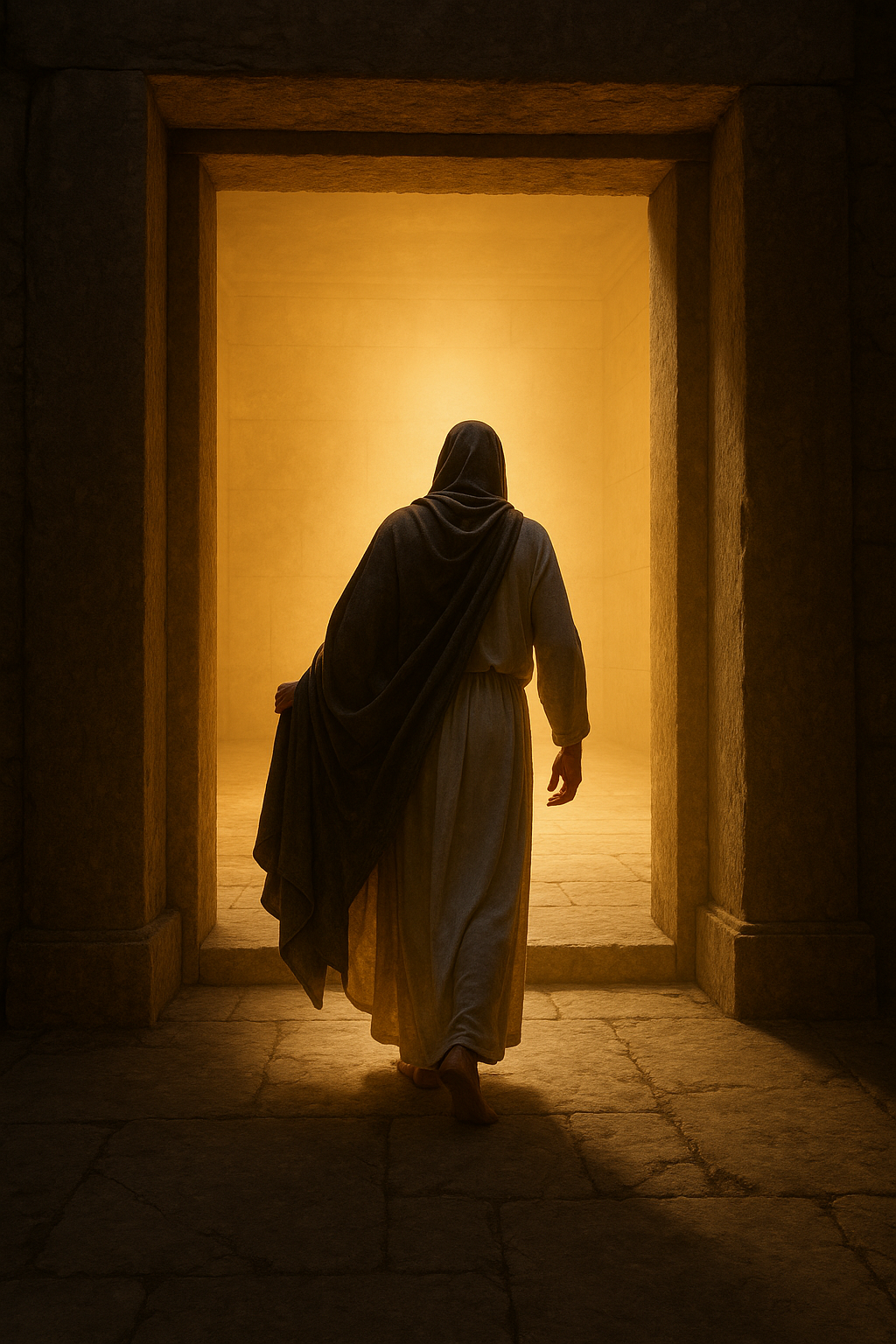
I’ve already written at great length about how the Latter-day Saint temple ceremonies tap into various primal archetypes, and how that might relate to its Masonic connections. Again, the point isn’t to score some kind of point in favor of the Church’s truth claims, but, in a sense more interestingly, to appreciate the universality and Jungian richness of the Latter-day Saint temple tradition, whether you think the temple ceremonies were inspired from a God who spoke to other children and traditions using the same themes and motifs, or whether Joseph Smith was a religious genius that was able to tap… Read More
-
•
•
3 responses
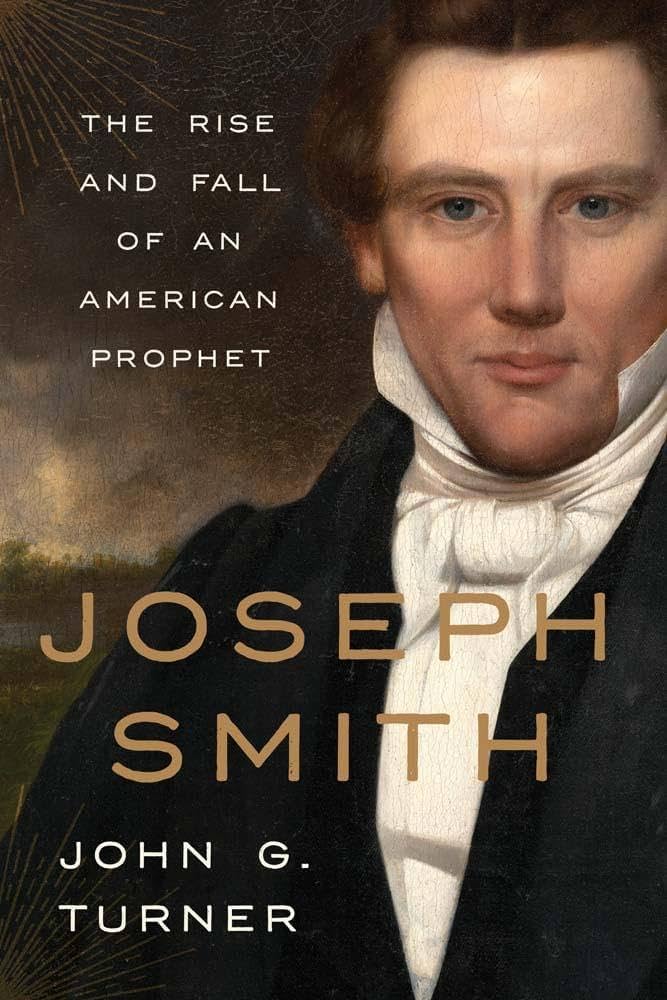
A Book Review for Times and Seasons of the First Major Biography of Joseph Smith in Twenty Years, Wherein I Demonstrate My Own Longwindedness in Contrast to the Author’s Skillful and Admirable Concision Read More
-
•
•
4 responses
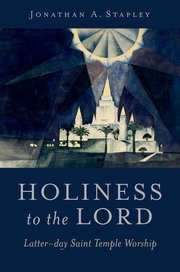
Holiness to the Lord: Latter-day Saint Temple Worship, by Jonathan A. Stapley, is a rich exploration of the history, symbolism, and function of Latter-day Saint temples. The book traces temple development from the earliest Kirtland and Nauvoo structures to present-day edifices. Each chapter addresses both the physical details—materials, floor plans, artwork—and the spiritual purposes, including covenant-making, ordinances for the living and the dead, and temple dedication practices. The author contextualizes temples within broader Church history. The text draws on official Church statements, historical documents, and personal accounts, blending narrative history with doctrinal commentary in an accessible style. Read More
-
•
•
10 responses
This is the latest invitation for reactions to local meetings, in the vein of my post on September 25th about how we can take what happens in Church meetings—sermons, lessons and anything else—and enter a conversation with them, magnifying what was said or adding what we think. I’m convinced that even if the speaker or teacher is poorly prepared, we can still find elements in what is said and what happens that inspires and edifies us. Even if church meetings aren’t conducted in a way that reaches us, we can take responsibility and find a way to feel the spirit.… Read More
-
•
•

Adversity is rooted in the problem of evil—if God is good, then why does he allow evil to exist? Or if “man is that he might have joy,” why is there so much suffering in life? And worse, it often seems like for some the suffering is “but a moment”, while for others the suffering continues lifelong. While our theological explanations of why this happens make logical sense, they often come across as either blaming the victims or minimizing the suffering. Worse still, too often we explain the suffering as a way of giving ourselves license to ignore it. George… Read More
-
•
•
7 responses
I’ve seen comments (RLD on here especially) note it being fortuitous to have a president who was a doctor during the pandemic. As we all know, our leaders shut down and meeting pretty fast after the pandemic hit the US. No doubt opinions vary, but I think most here view the shutdown of our meetings as a wise and sensible policy. Yet, for me, I see President Nelson’s placement at the time of the pandemic fitting a category that I will call here “divine providence,” which I see as slightly different than the revelatory claims we make in our “leadership… Read More
-
•
•
15 responses
By “Leadership Theology” I mean the common declaration that we make about our leaders, presidents in particular, as the mouthpiece of God, God not allowing them to lead the church astray, etc. For example, over the last few years, our leaders have made a number of structural changes and pointed to the changes as evidence of God’s continuing revelation. The implication is that God makes that decisions and instructs our leaders through revelation and has done so with all our leaders and policies. Read More
-
Come Follow Me Currculum, Doctrine and Covenants, Latter-day Saint Thought, Poetry, SS Lesson – Doctrine and Covenants
•
•

Sacrifice is a key gospel concept, and as such is also a key concept for life. Whether the it involves one person giving up something to help others or simply the individual giving up something for his own benefit, sacrifice is always about making decisions that balance one benefit or good against another. So we might give up our time or effort to improve ourselves (say in exercise, or in study), deciding that the time or effort isn’t as important or valuable as the improvement we gain. Or, more importantly, Christ decided to give up his life and endure the… Read More

